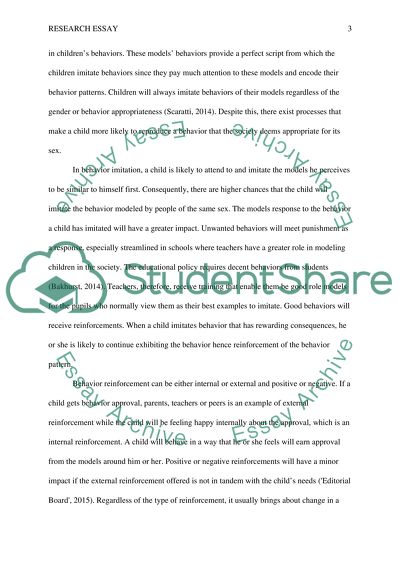Cite this document
(“The Theory of Social Learning Essay Example | Topics and Well Written Essays - 750 words”, n.d.)
Retrieved de https://studentshare.org/sociology/1695661-research-essay
Retrieved de https://studentshare.org/sociology/1695661-research-essay
(The Theory of Social Learning Essay Example | Topics and Well Written Essays - 750 Words)
https://studentshare.org/sociology/1695661-research-essay.
https://studentshare.org/sociology/1695661-research-essay.
“The Theory of Social Learning Essay Example | Topics and Well Written Essays - 750 Words”, n.d. https://studentshare.org/sociology/1695661-research-essay.


